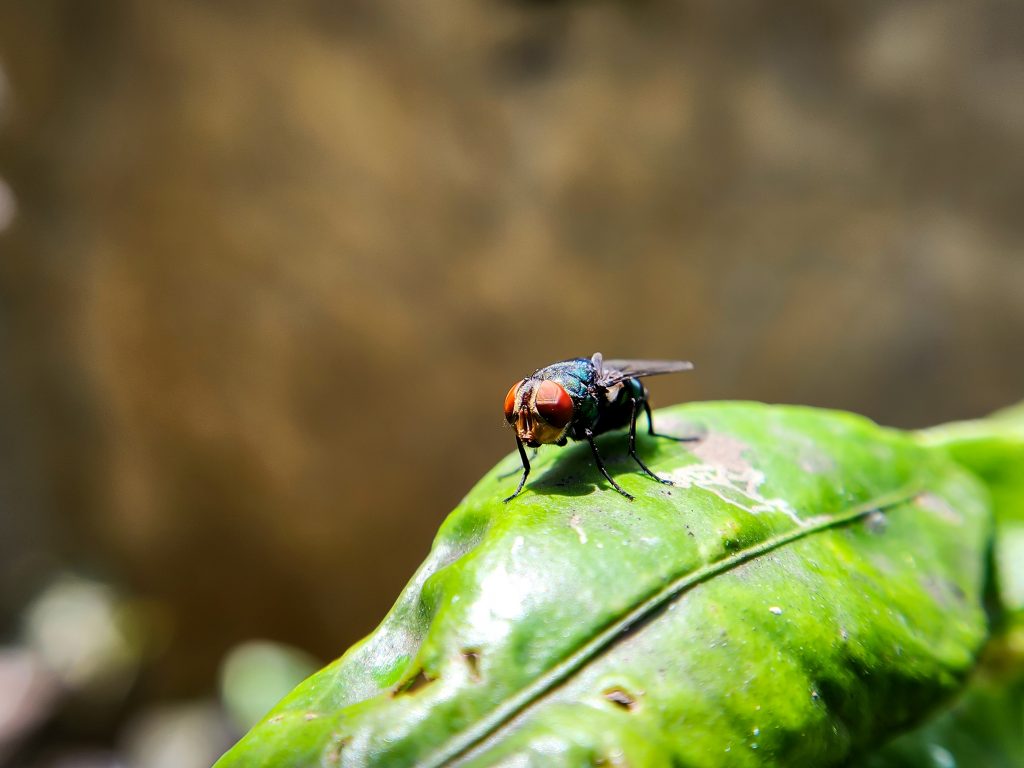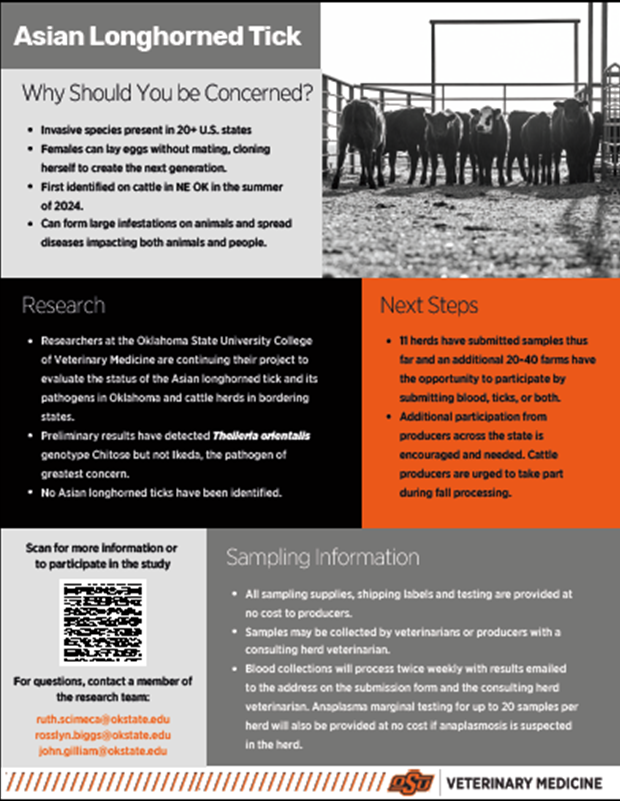
The threat of New World Screwworm (NWS), Cochliomyia hominivorax, continues to impact cattle producers in Mexico. Although eradicated from the continental U.S., this parasitic fly still poses serious risks to livestock, wildlife, pets, and humans as its infestation front advances northward.
In August 2025, U.S. public health authorities confirmed a human case of NWS in the United States in a patient returning from El Salvador. This case appears to be isolated case with no further human or animal spread detected domestically. In September 2025, Mexico confirmed a detection of NWS less than 70 miles from the U.S. border. The infected animal was an 8-month-old calf in a herd moved from southern Mexico. The USDA continues to work closely with Mexican authorities supporting sterile fly release across Mexico.
Although risk to livestock and wildlife remains low, surveillance measures have been elevated across the southern border in Texas, Arizona, and New Mexico. Thousands of traps have been dispersed with over 13,000 surveillance samples testing negative for NWS.
Treatment options have also been evaluated with the U.S. Food and Drug Administration conditionally approving Dectomax-CA1 (doramectin) injectable solution for the prevention and treatment of NWS larval infestations, and prevention of NWS reinfestation for 21 days in cattle only. To reduce the risk of parasite resistance development, producers and veterinarians have been encouraged to use antiparasitic drugs like Dectomax-CA1 only when medically necessary, in accordance with the product labeling, and as part of a strategic parasite management.
Producers and veterinarians are encouraged to remain vigilant by:
- Examining animals daily, especially after any handling or procedures.
- Cultivating a solid veterinary relationship and maintain a response plan for suspected cases.
- Observing biosecurity and minimizing unnecessary animal movement or exposure.
- Watching for disease notices in your region.
- Reporting any clinical signs consistent with NWS (lesions, maggots, odor, extreme irritation) to your veterinarian or State Veterinarian.
This column reflects the latest information available as of October 15, 2025. These are evolving situations. Animal owners are encouraged to stay informed and watch for updates as new information becomes available.
A link to resources with current New World Screwworm information is available at: https://extension.okstate.edu/programs/livestock-entomology/new-world-screwworm-info.html


















